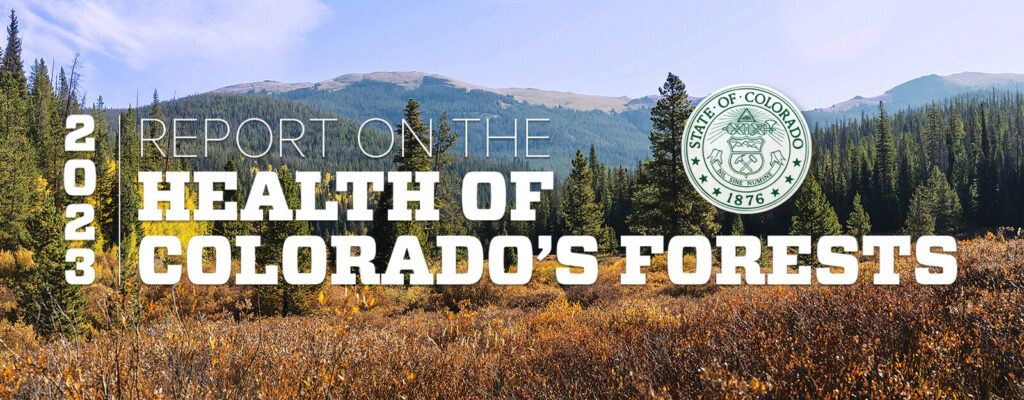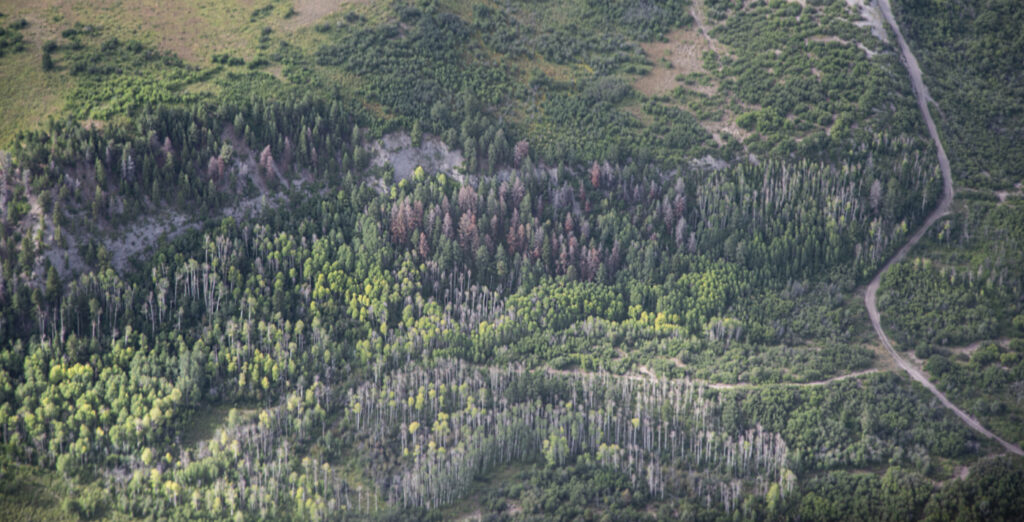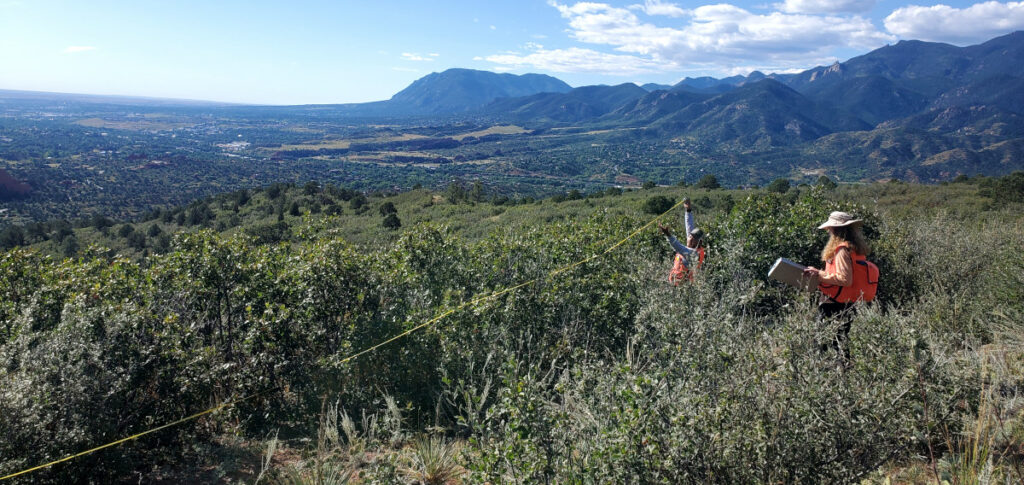
FORT COLLINS, Colo. – The annual forest health report, released today by the Colorado State Forest Service, details the current state of the health and condition of Colorado’s forests. Last year was cooler and wetter with fewer large fires in Colorado. However, Colorado still faces significant wildfire risk: the increase in precipitation left more wildfire fuels in forests and around our communities, and pests continue to affect Colorado’s forests. Colorado is on the right path to face these challenges, and the CSFS works to ensure the state is wildfire and recovery ready.
“In this report, we highlight how outbreaks of forest pests are expanding their footprint and leaving more dead trees and wildfire fuels in their wake. One milder year is not enough to reverse trends from the compounding effects of decades of insect outbreaks and a warmer, drier climate in Colorado,” said Matt McCombs, state forester and director of the CSFS. “We know more people are moving into wildfire prone areas, and they will need outreach, education and resources to live wildfire ready.”
2023 Key Forest Takeaways
The 2023 Report on the Health of Colorado’s Forests focuses on the prevalence of insects and diseases across the state, as well as the work foresters do under the Good Neighbor Authority and the monitoring program that allows the CSFS to better steward the health of our forests.
- Insects and Diseases: Western spruce budworm remains the most widespread forest pest in Colorado, according to aerial survey data from the CSFS and U.S. Forest Service Rocky Mountain Region. Data from the aerial survey also indicate that western balsam bark beetle remains the deadliest forest pest for the second year in a row, despite it impacting fewer acres of Colorado’s forests in 2023.
- Cross-Boundary Work: Forest health issues such as insects, diseases and wildfires do not recognize boundaries, and the Good Neighbor Authority program enables landscape-scale forest management. GNA agreements have helped the CSFS and federal partners treat thousands of acres of forestland in the past decade. The CSFS brings together partners to manage forests across federal, state, tribal and private lands to improve forest health and reduce wildfire risk to residents and communities.
- Monitoring: The CSFS recently established a monitoring program to assess the effectiveness for forest management. This new program provides a scientifically grounded feedback loop to ensure the agency meets its goals and adapts its strategies in real time.


Regional Forest Health Issues
- Northeast Colorado: Long-term effects from drought continue to stress all species of trees in northeast Colorado, leading to a decline in forest health in some areas and increased tree mortality in others.
- Southeast Colorado: Trees across much of southeast Colorado experienced a respite from drought in 2023, but bark beetles and other insects remain a concern, with trees needing multiple wet years to get healthy.
- Southwest Colorado: Ongoing drought, overly dense stands and defoliation from western spruce budworm continue to spur activity among deadly bark beetles in southwest Colorado.
- Northwest Colorado: Native bark beetles continue to cause the most impactful forest health concerns in northwest Colorado, while infested firewood likely led to the introduction of emerald ash borer in Carbondale, the first recorded incidence of the pest on the Western Slope.
Each year, the forest health report provides information to the Colorado General Assembly and residents of Colorado about the health and condition of forests across the state. Information for the report comes from an annual aerial forest health survey by the CSFS and U.S. Forest Service Rocky Mountain Region, as well as field inspections, CSFS contacts with forest landowners and special surveys.

